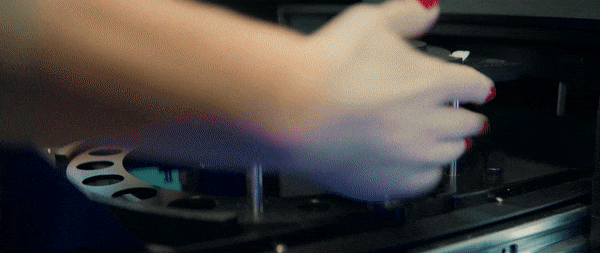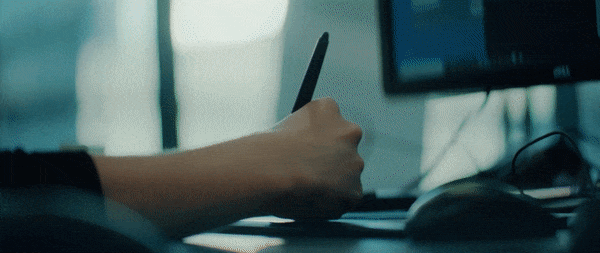
The importance of quality control for Twinbru’s digital twins
Published by Admin on
Jul 8, 2022 1:28:38 PM
Everyone wants the best quality. A quality product is profitable, enjoys repeat business and garners loyalty by fulfilling or even exceeding the expectation of the consumers. As consumers, we like good quality because we get value for money, the product performs as expected and we feel good about the purchase.
With great attention to detail, Twinbru’s fabric digital twins are thoroughly inspected to achieve the highest quality.
Businesses implement quality control processes because of the positive impact they can have. It ensures the consistency of the product and helps maintain the brand promise by creating a system whereby any defects or errors can be detected. Quality control can also boost a sense of pride among employees and, of course, leads to customer satisfaction and loyalty.
Have we done quality control on the thousands of digital fabric textures we’ve rendered? Absolutely! And, we’re sharing our process with you.
Render post-production
Our fabric digital twins are created with high-resolution scanning and rendering. Just like any music, digital images, or video, the end result of the scan and render might need a little fine-tuning in post-production.
Post-production provides the opportunity to fix the image, and to make any minor edits or adjustments without going through the entire render process again. Any corrections or effects that can’t be achieved in the render can be added in post-production. Ultimately, the goal of post-production is to produce the visualisation exactly as imagined or intended and achieve the highest quality of work.
Achieving a true twin replica
A deep passion and expertise in fabrics are what drive the quality control standards for fabric digital twins. The process is done by Bru’s textile designers - the people who design each fabric from fibre to weave and colour. They know each fabric inside and out and play an important role in both the physical and digital creation of the fabric.
Before the scanning and render process begins, the team will decide on the best digitisation technique for the fabric. This decision guarantees the best possible outcome from the scan and renders which goes a long way in setting the industry standard for digital fabric with the quality control process. In the first phase of the post-production process, any additional treatments or effects are added to give the fabric the correct look and texture.
The ultimate test is comparing the digital twin with its physical counterpart. Every fabric is checked in every colour that is produced for that specific product. The textile designers look at the physical fabric under D65 lighting and use professionally calibrated screens that apply the same light settings to view the fabric and its digital twin with identical, controlled parameters.
The Twinbru team assesses elements of the digital twin such as:
- Transparency
- Opacity
- Light reflection
- Colour match
- Scale and repeat patterns
- Depth and contrast of textures
- Brushed effect and softness of velvet
If a digital twin doesn’t match its physical counterpart exactly, the textile design team will work closely with the Twinbru team to find solutions. This may include alternative calibration of the scanners or software or developing a new technique, which proved successful with the development of a shader for renders of velvet. Benefits for 3D artists
Benefits for 3D artists
The intensive quality control process isn’t just to prove our promise that we create true digital twins of fabrics. Once we’ve shared our digital twins on our partner platforms, they will be used repeatedly by 3D designers and the result of our quality control is important for their work.
First, 3D artists can trust the quality of the digital twins and feel safe knowing the fabrics will perform exceptionally well in design and render. The digital twins also provide all the data an architect, interior designer, furniture designer or fabric retailer would need of the physical fabric in order to make a purchase. The fully automated supply chain behind the physical fabrics makes it quick and easy to source the fabric if you like what you see in the digital twin.
The fabric will look exactly the same in person as it does in digital visualisation, making communication of ideas and perfecting design much more efficient and accurate. The designer also enjoys the most lifelike result with their render, creating visuals of spaces that are so realistic, that one can almost feel the fabric texture. It assures their clients of the outstanding quality of their visualisation and enhances their business and design offering.
What the future holds
We believe the future is digital. With the creation of the metaverse and interesting developments in NFT architecture, there is no denying that the race is on to create virtual environments that look exactly like our physical world.
Twinbru is part of innovation for the future and we are part of the movement for digital replicas of physical products in virtual worlds. Our passion for fabrics and excitement for the future has us continually improving and deepening our expertise in the field of fabric digital twins.
Experience the excellence of our quality by visiting our Pinterest boards for inspiration.